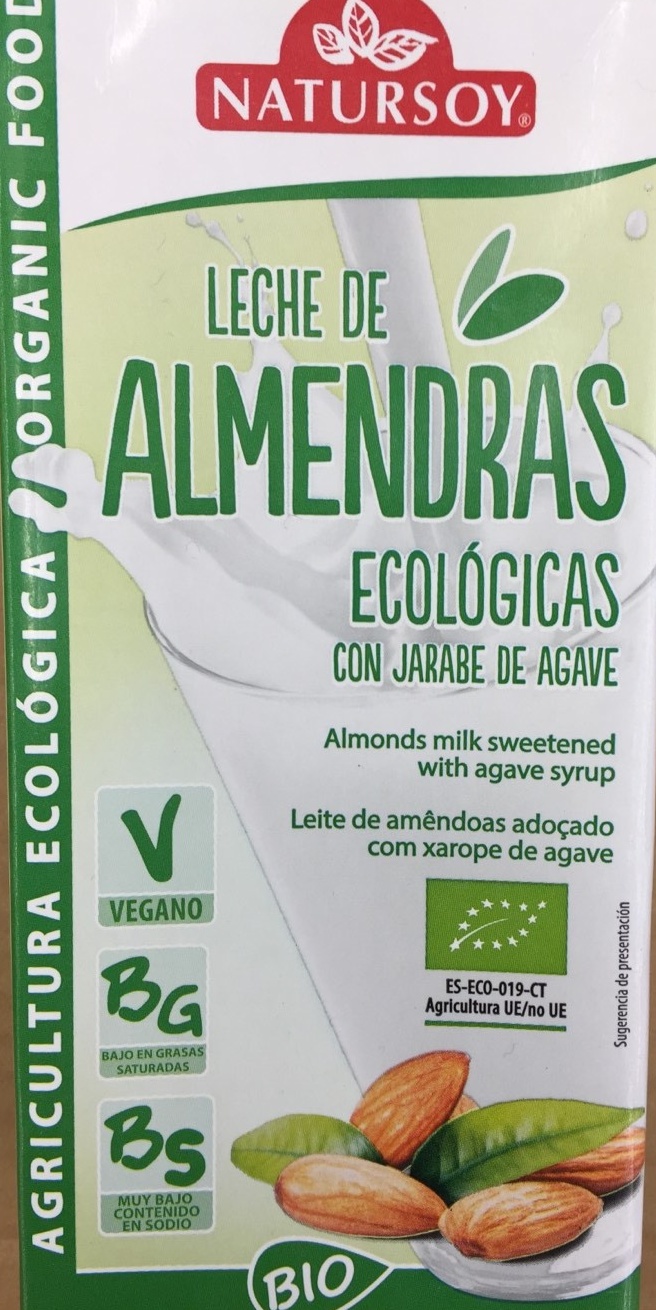Leche de almendras - Natursoy - 1 l
Aquesta pàgina del producte no està completa. Podeu ajudar a completar-la editant-la i afegint-hi més dades a partir de les fotos ja disponibles, o fent-ne més amb l'aplicació de androide o iPhone / iPad. Gràcies!
×
Codi de barres: 8428159004878 (EAN / EAN-13)
Nom comú: Leche de almendras ecológica
Quantitat: 1 l
Empaquetament: Tetra Brik
Marques: Natursoy, Nutrition & Santé Iberia S.L., Nutrition & Santé S.A.S., Otsuka Pharmaceutical Co. Ltd., Otsuka Holdings Co. Ltd.
Categories: Aliments i begudes amb base vegetal, Begudes, Aliments amb base vegetal, en:Dairy substitutes, Substitutius de la llet, Fruits secs i derivats, Begudes amb base vegetal, Begudes vegetals, Beguda de fruits secs, Beguda d'ametlla
Etiquetes, certificacions, premis:
Orgànic, Vegetarià, Orgànic UE, Vegà, ES-ECO-019-CT, en:Es-eco-019, es:Bajo contenido en sodio, es:Bajo en grasas saturadas, es:Con jarabe de agave
Origen dels ingredients: Unió Europea, es:Agricultura no UE
Enllaç a la pàgina del producte en el lloc oficial del productor: https://www.natursoy.com/productos-ecolo...
Països on es va vendre: Espanya
Matching with your preferences
Salut
Ingredients
Processament d'aliments
Additius
Anàlisi dels ingredients
Nutrició
Entorn
Petjada de carboni
Empaquetament
Transport
Etiquetes
Report a problem
Fonts de dades
Producte afegit per date-limite-app
Última modificació de la pàgina del producte per thaialagata.
La pàgina del producte, també editada per acuario, darguence, javichu, kiliweb, moon-rabbit, openfoodfacts-contributors, roboto-app, yuka.UUo4OEt2c3dyL1k2cWZNeDBpbno0ZGRYeUxtdlpHMnhMZGdLSWc9PQ.







